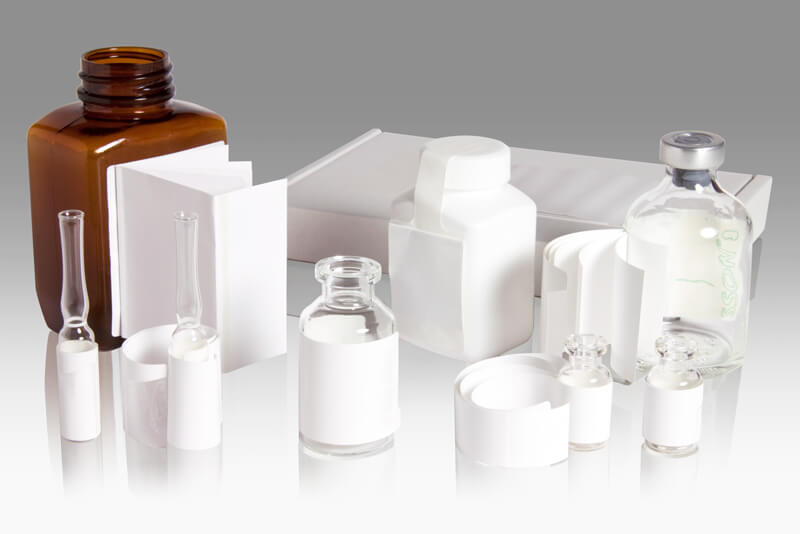In the realm of clinical trials, the importance of accurate and compliant labeling cannot be overstated. Clinical labeling ensures that investigational products are properly identified, used, and traced throughout the trial process. Adhering to best practices in clinical labeling is crucial for the success of any clinical trial.
Understanding Regulatory Requirements
The first step in ensuring accurate and compliant labeling is understanding the regulatory requirements. Different countries and regions have specific guidelines set by regulatory bodies such as the FDA, EMA, and ICH. These guidelines outline the information that must be included on the label, such as the product name, dosage, administration route, batch number, expiry date, and storage conditions.
It is essential to stay up-to-date with any changes in these regulations. Regulatory bodies periodically update their guidelines, and non-compliance can lead to significant setbacks, including delays in the trial, fines, or even trial termination. Utilizing resources such as regulatory databases and industry updates can help in keeping abreast of these changes.
Ensuring Label Accuracy
Accuracy is paramount in clinical labeling. An accurate label ensures that the right product is used in the right way, which is critical for patient safety and the integrity of the trial data. Here are some best practices to ensure label accuracy:
- Verification and Validation: Implement robust verification and validation processes. This includes double-checking all information on the label for accuracy and consistency. Automated systems can be used to cross-check data against master files to minimize human error.
- Standardized Templates: Use standardized templates for labeling. These templates should include all necessary fields as per regulatory requirements, ensuring consistency across all labels.
- Clear and Legible Information: Ensure that all information on the label is clear and legible. This includes using appropriate font sizes and styles, avoiding clutter, and ensuring that the label is easy to read.
- Translations: For international trials, labels must be translated into the local language of the trial site. It is important to use professional translation services to ensure accuracy and compliance with local regulations.
Incorporating Technology in Labeling
Technological advancements have significantly improved the clinical labeling process. Electronic labeling systems, smart labels, and automated printing technologies are transforming the way labels are created and managed.
- Electronic Labeling Systems: These systems can streamline the labeling process by automating data entry and validation. They can integrate with other clinical trial management systems to ensure that all information is up-to-date and accurate. Electronic labeling systems also facilitate the easy updating of labels as new information becomes available.
- Smart Labels: Smart labels, which include QR codes or RFID tags, provide additional functionalities such as real-time tracking and monitoring. These labels can store detailed information about the product, such as temperature data or usage history, which can be accessed via scanning. This enhances traceability and ensures that the product is used correctly.
- Automated Printing Technologies: Automated printing technologies reduce the risk of human error and ensure consistency in label production. These technologies can print labels on demand, ensuring that the correct information is always included and that labels are produced efficiently.
Ensuring Patient Safety
Patient safety is a key consideration in clinical labeling. Accurate and clear labels provide essential information on how to use the investigational product correctly, reducing the risk of dosing errors and adverse events. Here are some best practices to enhance patient safety through labeling:
- Detailed Instructions: Include detailed instructions on the label, such as dosage, administration route, and storage conditions. This helps ensure that the product is used correctly and safely.
- Warnings and Precautions: Clearly state any warnings or precautions on the label. This includes potential side effects, interactions with other medications, and any specific conditions under which the product should not be used.
- Tamper-Evident Features: Use tamper-evident features to ensure the integrity of the product. This includes seals or indicators that show if the product has been opened or altered, ensuring that patients receive the product in its original, unaltered state.
Conclusion
In conclusion, adhering to best practices in clinical labeling is essential for the success of clinical trials. Understanding regulatory requirements, ensuring label accuracy, incorporating technology, and prioritizing patient safety are all critical components of effective clinical labeling. By following these best practices, clinical trials can proceed smoothly, ensuring the accurate and safe use of investigational products and ultimately contributing to the advancement of medical research.







